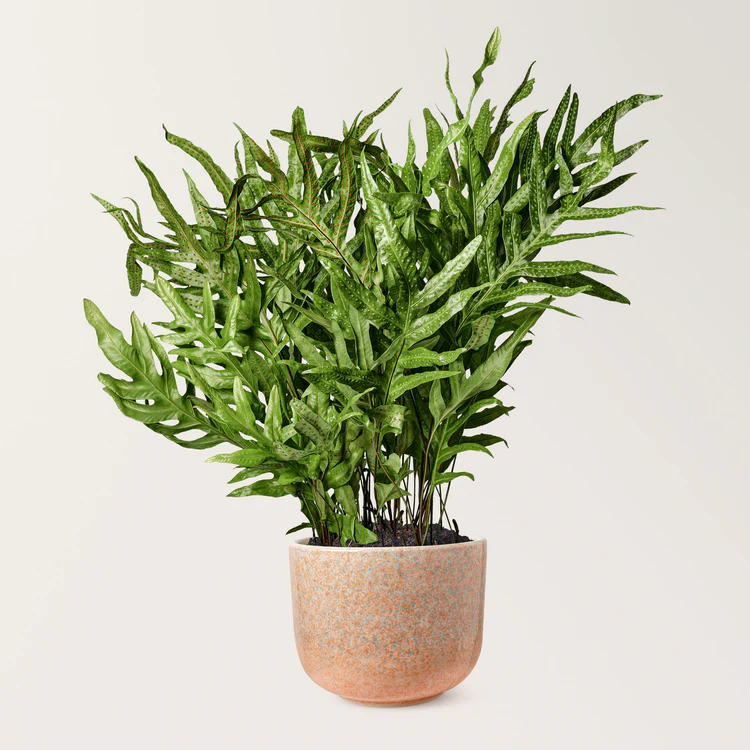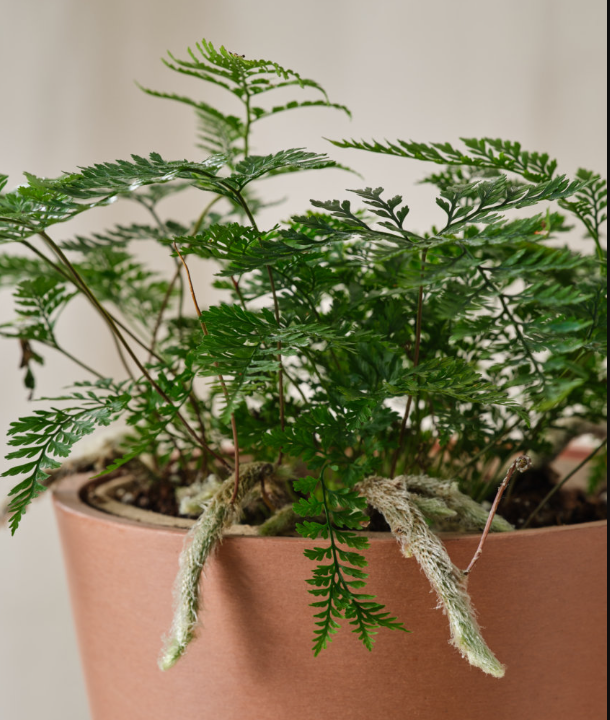Basics Of Fern Care
No matter which fern you choose, they all have similarities. It is best to keep them in medium to bright indirect light. The more colorful the light the bigger they grow. Soft morning light is tolerable, but it is not advisable to spend much time under strong afternoon light, making their thin leaves turn brown. They like soil that is wet most of the time. Most indoor ferns require watering once every 3-5 days but you should be careful not to over-water your plants. They do not like airflow. Do not put your fern near the forced vents, fireplaces, or sliding doors and windows. These conditions make the air and the soil of your plants dry. Prune your plant with scissors at ground level where they meet the main stem, using clean sharp scissors.









